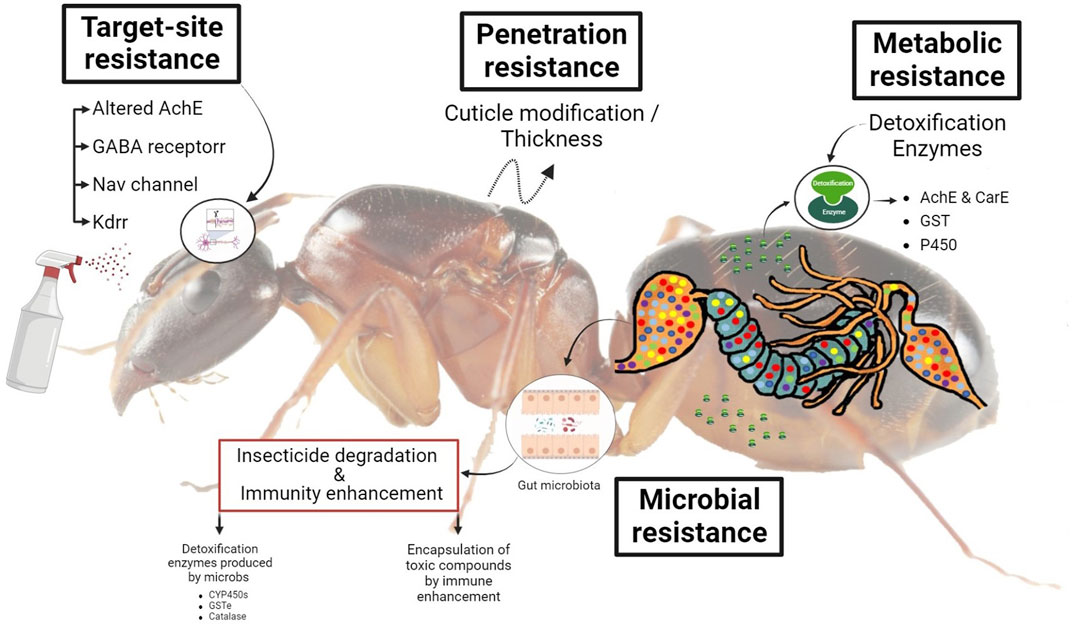Steroid hormones are essential regulators of development in multicellular organisms. In insects such as Drosophila melanogaster, these hormones—particularly ecdysteroids like ecdysone and its active derivative 20-hydroxyecdysone (20E)—coordinate crucial developmental processes including molting and metamorphosis. A central player in this hormone biosynthesis pathway is the transcription factor Molting Defective (Mld), which functions within the ecdysteroidogenic cells of the prothoracic gland. However, its precise nuclear localization and activity are critically dependent on a lesser-known molecular partner: Poly(A) Binding Protein (PABP).

The Role of PABP in Nuclear Transport
Poly(A) Binding Proteins are traditionally recognized for their role in mRNA stability, translation, and export. However, emerging studies in developmental biology and gene regulation show that PABPs can have functions beyond the cytoplasm. In the case of Drosophila, PABP is now implicated in guiding the nuclear import of Mld, ensuring this transcription factor is positioned correctly to regulate key steroidogenic genes such as phantom, disembodied, and shadow.
Without PABP, Mld fails to localize properly in the nucleus of prothoracic gland cells, resulting in impaired ecdysteroid biosynthesis, defective molting, and developmental arrest.

Why Is This Important?
The developmental transition from larva to pupa in Drosophila depends on tight transcriptional control within the prothoracic gland. When Mld fails to activate ecdysone biosynthetic enzymes, ecdysone levels drop, and the signaling cascade necessary for molting does not proceed. This highlights how post-transcriptional regulators such as PABP are indirectly but critically involved in endocrine signaling.
This study also sheds light on a broader biological principle: that RNA-binding proteins (RBPs) can modulate transcription factor localization, thereby linking RNA metabolism with hormonal control.
Relevance to Broader Fields
Understanding this PABP–Mld interaction is not only relevant for insect endocrinology but also provides insight into:
- Nuclear transport mechanisms of transcription factors
- RBP involvement in gene regulatory networks
- Steroid hormone signaling in developmental timing
Given that many developmental processes in mammals also rely on hormone-driven gene expression, parallels in vertebrate systems may emerge.

Potential Research Directions
This discovery opens several avenues for future research:
- Can other RBPs affect localization of hormone-related transcription factors?
- Is there a feedback loop between ecdysone signaling and PABP expression?
- Could disrupting PABP function serve as a method of pest control by targeting insect development?

Final Thoughts
The requirement of Poly(A) Binding Protein for nuclear localization of Mld in Drosophila melanogaster exemplifies the complex layers of regulation involved in steroidogenesis. This intersection between transcriptional control and post-transcriptional machinery represents a fascinating regulatory node critical for insect development.
As we continue to dissect the intricate networks that govern endocrine signaling in model organisms, such findings help refine our understanding of developmental biology, gene regulation, and potentially offer novel molecular targets for controlling insect populations.